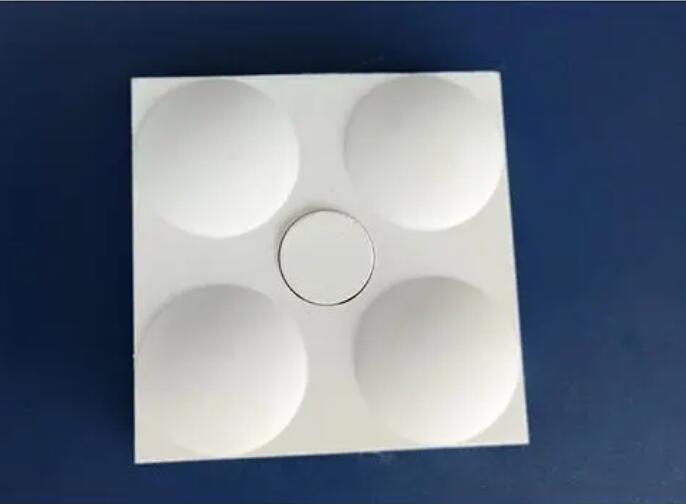Alumina ceramics, a dominant presence in both everyday household items and various industrial applications, hold particular importance in high-wear environments such as power plants, cement factories, ports, and mines. The demand for high-purity alumina ceramics is especially pronounced. However, the formidable challenge lies in the fact that alumina boasts a remarkably high melting point of 2020°C, making the sintering process intricate. The ongoing pursuit within numerous manufacturing entities revolves around how to effectively lower the sintering temperature of alumina while preserving its exceptional performance. Let's delve deeper into the key factors shaping the sintering temperature of alumina:

The conventional approach of directly attempting to melt alumina poses formidable challenges. As temperatures ascend, so does energy consumption, and the stringent requirements on sintering kilns and environments escalate costs. In response, innovative manufacturers like Sanxin Materials employ advanced powder metallurgy techniques. This not only lowers the sintering temperature to below 1700°C but also substantially eases the entire sintering process, contributing to significant cost reductions.
The strategic inclusion of certain additives during the sintering process emerges as a key strategy for reducing the required temperature. The selection of these additives is a critical determinant in achieving the desired sintering outcomes, providing a pathway to effective temperature reduction.
The manner in which the green body, the pre-sintered ceramic, is formed plays a pivotal role in mitigating defects. Ensuring a uniform microstructure and even distribution of phases within the green body has a direct impact on the sintering temperature. Choosing an appropriate green body forming method becomes instrumental in the quest to lower the overall sintering temperature.
The size of alumina particles significantly influences the sintering temperature in powder sintering processes. Sanxin Materials adopts a meticulous approach, employing extended grinding techniques to refine alumina powder. This results in finer particles and a more uniformly mixed powder, allowing for the production of superior-quality alumina products at the same sintering temperature.
Applying pressure, known as hot pressing, during the sintering process allows for sintering at lower temperatures. This technique is particularly effective in achieving high-density alumina ceramics by promoting enhanced particle bonding at reduced temperatures.
The speed at which the temperature rises during heating significantly influences the sintering temperature. Employing a controlled and gradual heating rate is preferred to mitigate thermal stresses and ensure uniform densification, thereby impacting the overall sintering temperature requirements.
The type of atmosphere within the sintering furnace plays a pivotal role. Sintering in a reducing or inert atmosphere might affect the sintering temperature compared to sintering in an oxidizing atmosphere, altering the chemical reactions and kinetics during the process.
The purity of the alumina powder utilized for sintering holds critical importance. Higher purity alumina generally demands higher sintering temperatures. While impurities can act as sintering aids, they might also influence the final properties of the material.
The shape and structure of alumina particles play a role in their sintering behavior. Irregularly shaped particles may necessitate different sintering conditions compared to well-defined, spherical particles, influencing the sintering temperature and the resultant material properties.
In addition to these core factors, the composition of gases within the furnace, environmental humidity, and various other elements present in the kiln environment also exert their influence on alumina's sintering temperature. The harmonious integration of these multifaceted factors stands as a critical endeavor, enabling manufacturers to not only efficiently lower the sintering temperature but also enhance the overall quality of alumina ceramics in diverse applications.

Submit your demand,
we will contact you ASAP.

Sanxin New Materials Co., Ltd. focus on producing and selling ceramic beads and parts such as grinding media, blasting beads, bearing ball, structure part, ceramic wear-resistant liners, Nanoparticles Nano Powder

